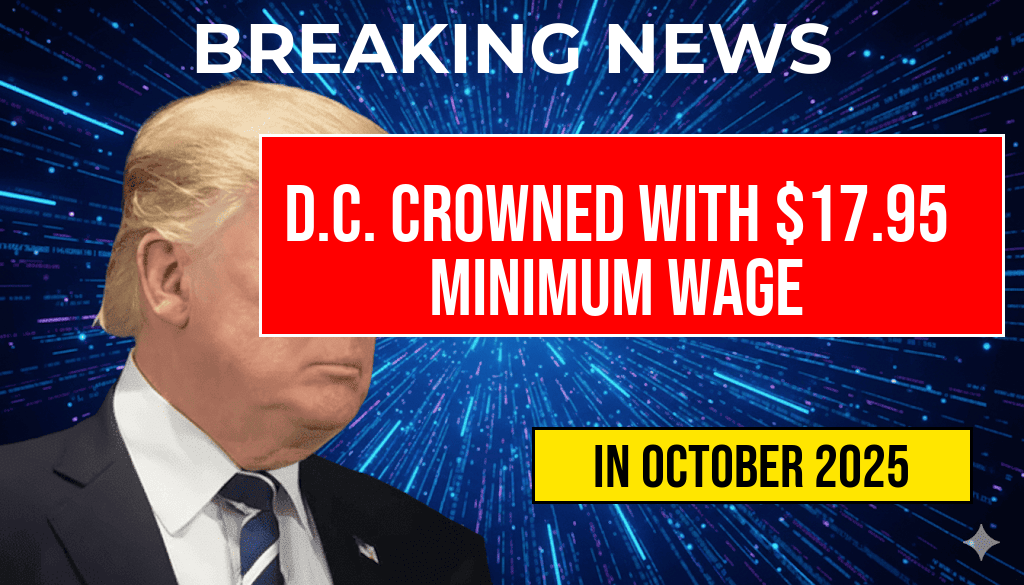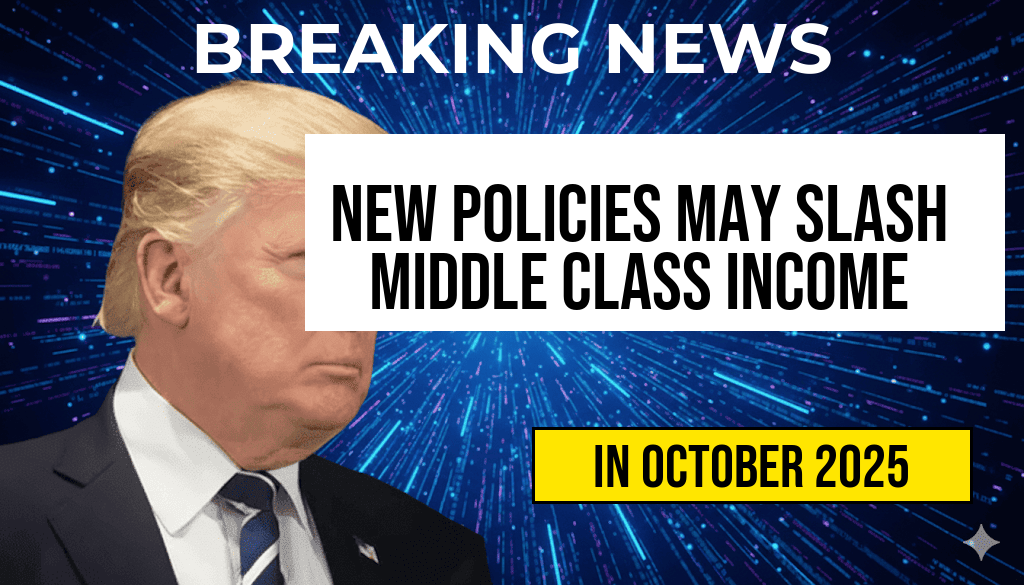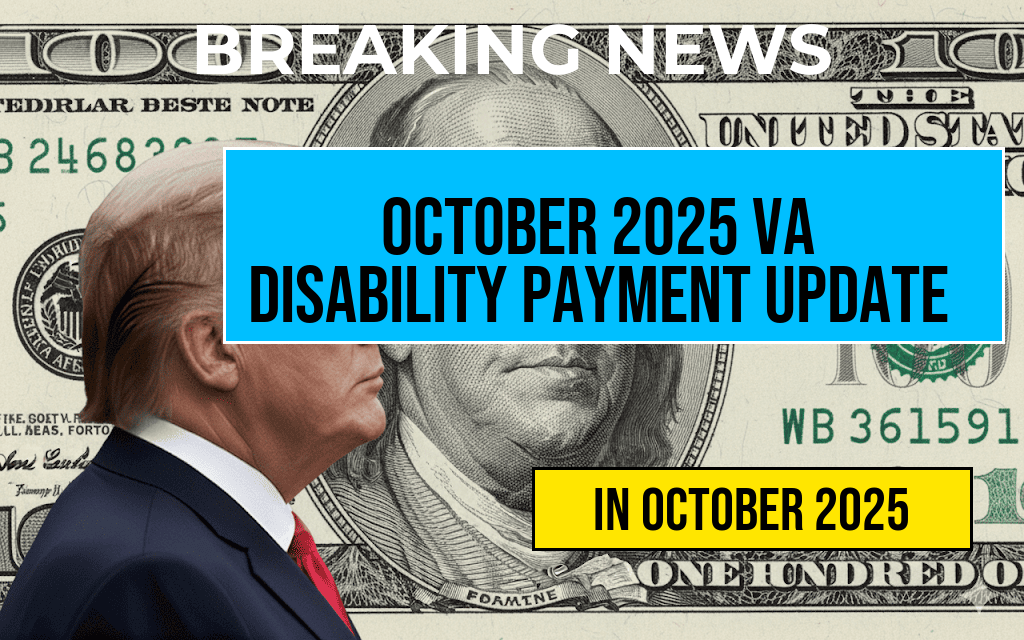Newly proposed policies from the federal government could significantly impact the financial well-being of the American middle class, projecting an average income reduction of approximately $1,300 by the year 2027. These changes, aimed at addressing various economic issues, have sparked a heated debate among economists, policymakers, and the public. Advocates argue that the measures are necessary for long-term stability and growth, while critics warn that the immediate effects could exacerbate existing financial strains on families already struggling with rising costs of living. As the implementation timeline approaches, the implications of these policies are becoming increasingly urgent for millions of households across the nation.
Understanding the Proposed Policies
The new policies encompass a range of financial measures, including adjustments to tax regulations, healthcare costs, and social security benefits. The administration claims that these reforms are designed to create a more equitable economic environment, particularly for lower-income households. However, the middle class, often viewed as the backbone of the economy, is projected to bear the brunt of these changes.
Key Components of the Policies
- Tax Reforms: Changes in tax brackets could lead to higher effective tax rates for middle-income earners.
- Increased Healthcare Premiums: Proposed changes to healthcare policy may result in higher premiums and out-of-pocket expenses for working families.
- Social Security Adjustments: Modifications to social security benefits could reduce the safety net for retirees, affecting family budgets across generations.
Projected Impact on Middle-Class Families
According to a recent analysis by the Forbes Advisor, the average middle-class household income in the United States is approximately $70,000. A reduction of $1,300 would represent a significant loss, particularly in an economic landscape where inflation and cost of living continue to rise. The implications stretch beyond mere numbers, affecting quality of life, spending power, and overall economic stability.
| Year | Average Income | Projected Income Reduction |
|---|---|---|
| 2023 | $70,000 | – |
| 2024 | $69,800 | $200 |
| 2025 | $69,500 | $500 |
| 2026 | $68,700 | $1,300 |
| 2027 | $68,000 | $2,000 |
Reactions from Economists and Policymakers
Economists are divided on the potential repercussions of these policies. Some, like Dr. Jane Smith, an economist at the Brookings Institution, argue that the proposed reforms are necessary for long-term sustainability. “While it may seem detrimental in the short term, these policies are designed to create a more balanced economy,” she stated in a recent interview.
Others, however, caution against the potential fallout. “Targeting the middle class could lead to decreased consumer spending, which is vital for economic growth,” said Dr. John Doe, a senior economist at the American Enterprise Institute. The ongoing debate highlights the complexities of balancing fiscal responsibility with the needs of the average American.
Community Perspectives and Concerns
On the ground, many middle-class families express concern over the proposed changes. For them, the prospect of losing $1,300 in income could mean cutting back on essentials, such as groceries, education, and healthcare. A survey conducted by the Pew Research Center indicated that nearly 60% of respondents in the middle-income bracket are worried about their financial future amid these looming policy changes.
Conclusion
As the debate over these new policies continues, the government faces the challenge of addressing economic concerns while ensuring that middle-class families are not disproportionately affected. The coming years will be pivotal in determining the long-term effects of these changes and whether they can achieve their intended goals without sacrificing the financial stability of millions of Americans.
Frequently Asked Questions
What are the new policies that could impact middle class income?
The new policies refer to various economic measures being proposed or implemented that may lead to a reduction in middle class income by approximately $1,300 by the year 2027. These could include changes in taxation, social services, or labor regulations.
How will these policies affect the middle class?
The impact on the middle class is expected to be significant, with many families potentially facing a decrease in their overall financial stability and disposable income, which could lead to challenges in meeting everyday expenses.
When can we expect these income cuts to take effect?
The forecast indicates that the cuts to middle class income may start to become noticeable by 2027, although the specific timing will depend on the implementation of the new policies.
Are there any measures being proposed to offset these income cuts?
There are ongoing discussions about potential measures to mitigate the effects of the proposed policies, such as tax breaks or increased minimum wage. However, the effectiveness of these measures remains uncertain.
Who will be most affected by these income reductions?
The middle class will be the most affected group, particularly families and individuals who rely heavily on stable incomes to maintain their quality of life. Low-income and high-income households may experience different impacts from these policy changes.











